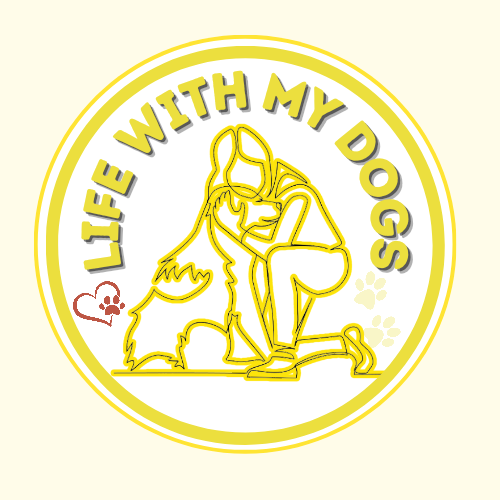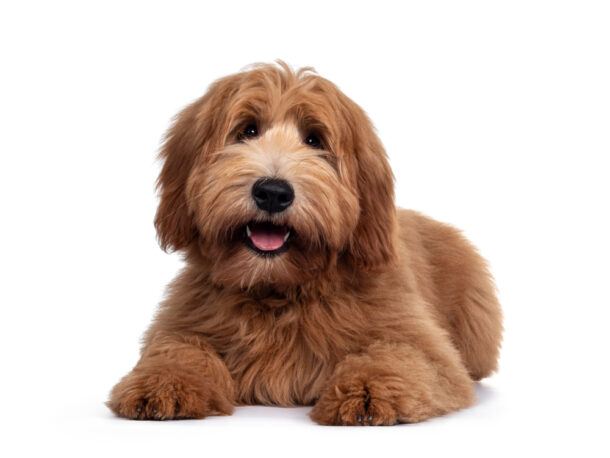LifeWithMyDogs is supported by our audience. When you purchase through one of our links, we may earn a small affiliate commission. As an Amazon Associate I earn from qualifying purchases. Your cost is not affected.
**********
As a dog lover and owner myself, I’m no stranger to the adorable yet occasionally messy consequences of canine affection. There’s something undeniably endearing about those slobbery kisses and the way our furry friends express their excitement. Yet, amidst the joy of bonding moments, there’s a common predicament that many of us dog owners face: dealing with the aftermath of dog drool.
Imagine you’re greeted at the door by your enthusiastic pup, tail wagging furiously, and before you know it, you’re wearing a coat of their saliva like a badge of honor. It’s a familiar scenario for many of us, and while the love is unquestionable, the cleanup can be a bit of a hassle.
In this article, we’ll delve into the world of dog drool management, exploring effective cleaning techniques, preventative measures, and everything in between. Whether you’re a seasoned pet parent or considering welcoming a furry companion into your home, understanding how to tackle drool stains is a valuable skill in maintaining your dog’s hygiene and your sanity.
So, grab a towel and join me as we embark on a journey to conquer the drool dilemma and keep our canine companions looking and feeling their best.
How Do I Clean Dog Drool From My Dog’s Coat? Quick and Effective Cleaning Tips
Dog drool is a common occurrence, particularly among breeds like basset hounds, St. Bernards, and Great Pyrenees. As a groomer, I often encounter pet owners seeking advice on managing this inevitable part of pet ownership. While drool may be a natural aspect of canine behavior, it can pose challenges for maintaining a dog’s coat.
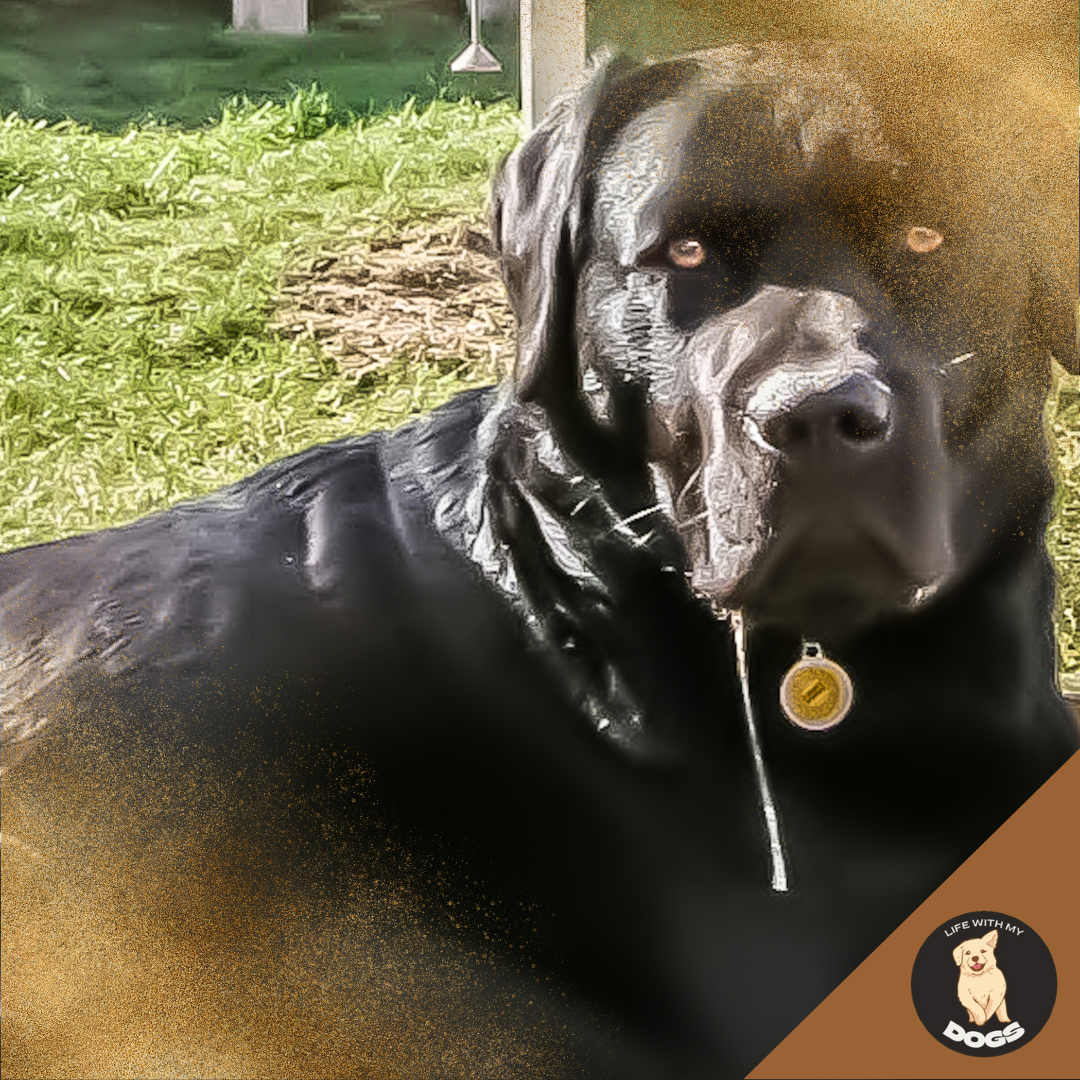
Pet owners of drool-prone breeds often wonder how to effectively remove drool stains from their dog’s fur. To address this concern, it’s important to understand the nature of dog saliva and its potential impact on the coat. Dog saliva contains proteins that can adhere to fur, particularly lighter-colored coats, leaving unsightly marks.
To tackle drool stains effectively, prompt action and proper technique are essential. Cold water is recommended for cleaning, as heat can cause the proteins in saliva to set into the fur. Using gentle, dog-safe cleaning solutions and regular grooming can help minimize the visibility of drool marks and keep your dog looking its best.
However, it’s not just about cleaning what’s visible on the surface. Proper care post-cleanup is crucial for maintaining your dog’s coat health. This includes thoroughly rinsing any cleaning products to prevent skin irritation and ensuring the fur is adequately dried.
By understanding how to manage drool stains and implementing the right cleaning and grooming practices, pet owners can keep their beloved canine companions comfortable, clean, and looking their best.
Key Takeaways
- Cleaning dog drool promptly from your dog’s coat is crucial to prevent stains.
- Use gentle, dog-specific products and cold water to effectively clean drool marks.
- Post-cleaning care is essential for maintaining your dog’s coat health and comfort.
Understanding Dog Drool
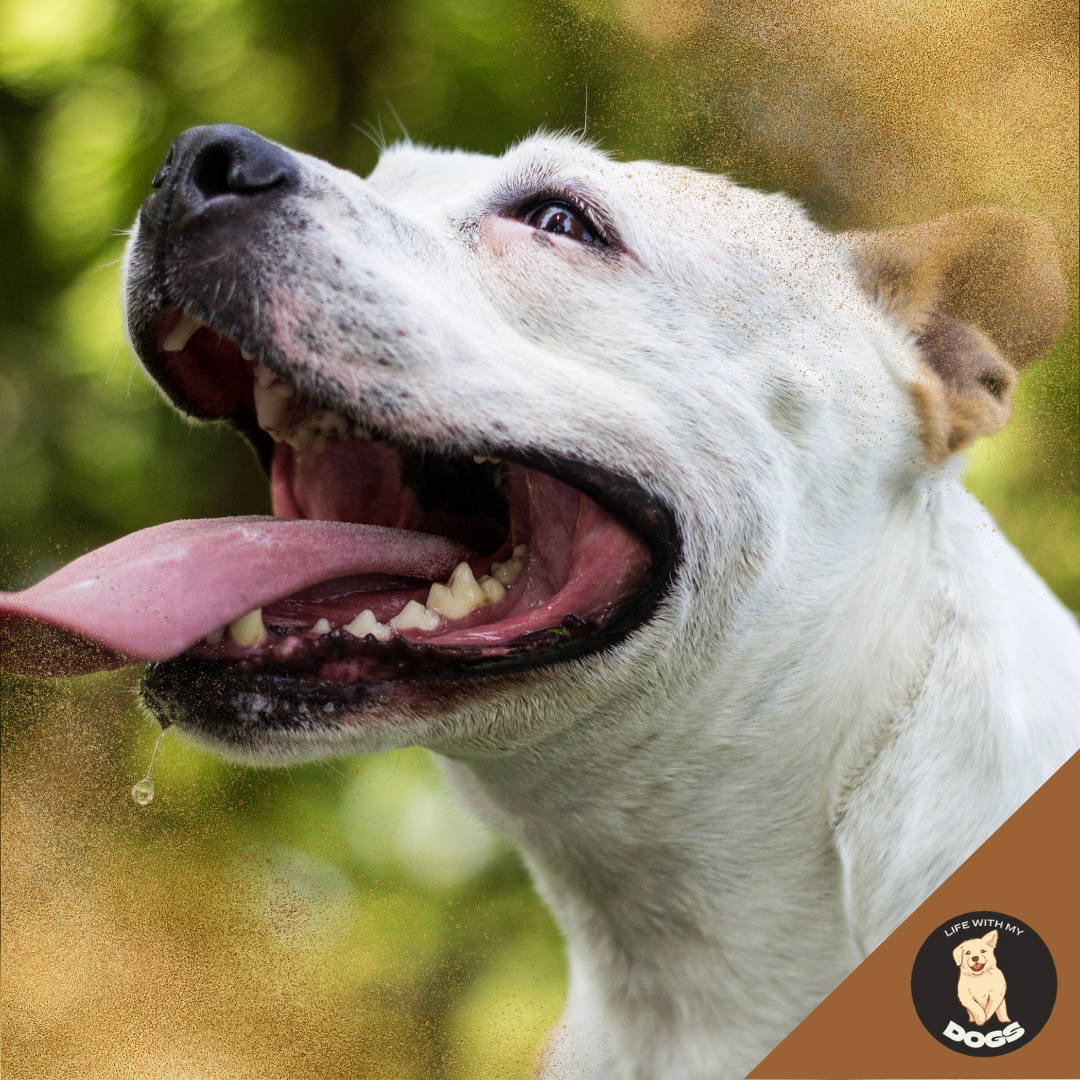
What Factors Into Drool Production?
- Breed: Some breeds like Saint Bernards and Bloodhounds naturally drool more due to the shape of their lips and jowls.
- Hydration: Keeping your dog well-hydrated can reduce the thickness of their drool.
- Temperature: Dogs may drool more in hot weather as they use panting and drooling to help regulate their body temperature.
- Health: Oral health issues or gastrointestinal problems can lead to increased drooling.
To gauge whether your dog’s drooling falls within the realm of normalcy, it’s crucial to establish their baseline drooling patterns across various situations.
If you notice a sudden spike in drool production, it’s prudent to seek guidance from your veterinarian. This abrupt change could signify underlying distress or health issues that require attention.
It’s important to bear in mind that while drooling may be messy, it’s an inherent aspect of your dog’s physiology. It serves as a valuable indicator of their overall well-being. By staying attuned to your dog’s drooling habits and seeking professional advice when needed, you can ensure their health and comfort.
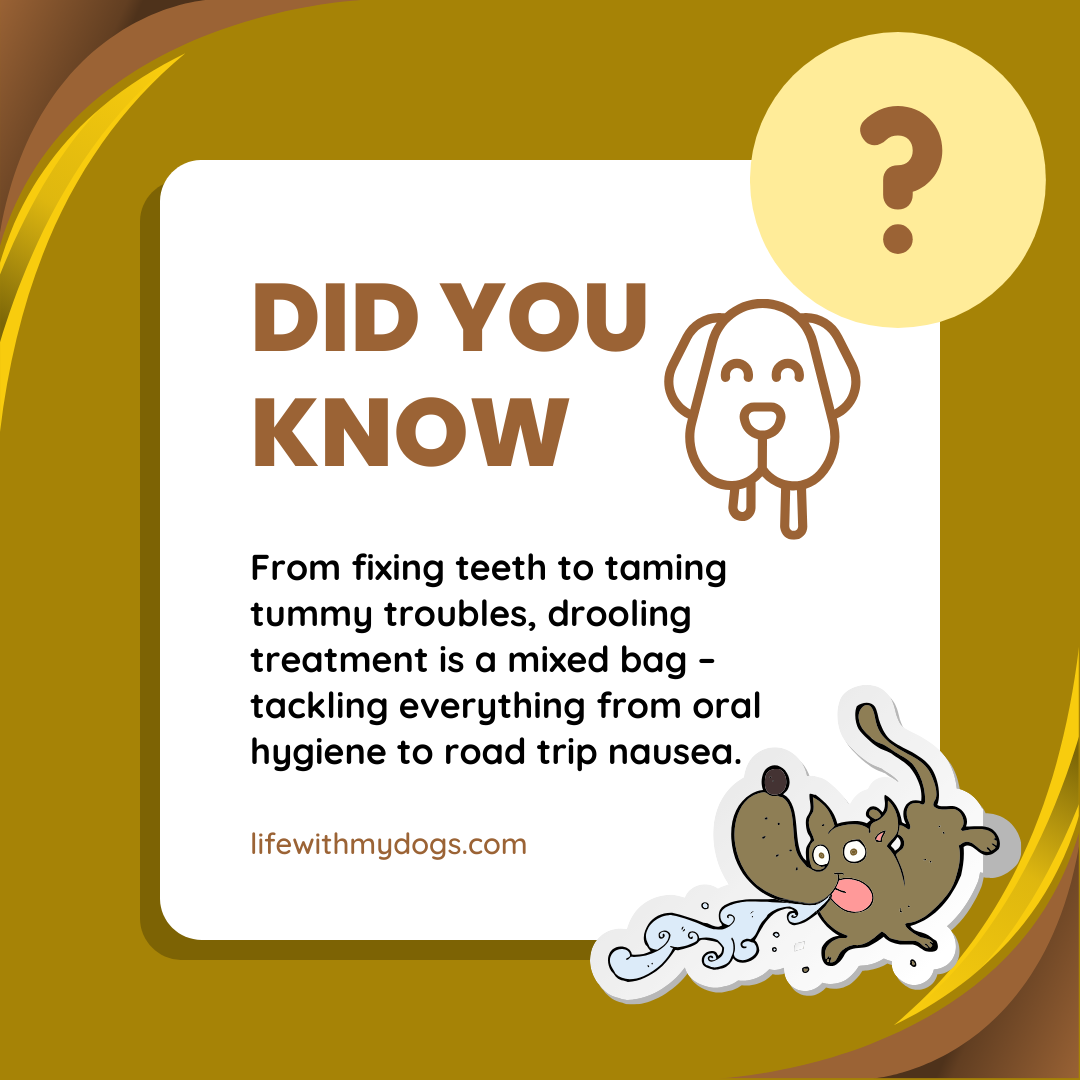
Pre-Cleaning Considerations
Before diving into the cleaning process, it’s important to evaluate the specific needs of your dog’s coat and to have the appropriate supplies on hand.
Assessing the Coat Type
Your dog’s coat type significantly influences the cleaning technique required.
For instance, short-haired breeds may need less intensive pre-cleaning, whereas long-haired or double-coated breeds may require more thorough brushing to remove tangles and prevent matting.
Gathering Necessary Supplies
To efficiently clean dog drool from your dog’s coat, ensure you have the following supplies:
- Dog-Specific Shampoo: Choose a formula suited to your dog’s skin sensitivity and coat type.
- Brushes and Combs: Utilize a slicker brush for detangling or a fine-toothed comb for finer fur.
- Towels: Have a set of absorbent towels to dry your dog’s coat after cleaning.
- Warm Water: Always use warm water for comfort and effectiveness.
Having these supplies at the ready will streamline the cleaning process and ensure you’re prepared to handle your dog’s specific coat needs.
Basic Cleaning Techniques
Proper maintenance of your dog’s coat requires both surface cleaning and deeper methods to remove drool effectively. Using the right technique will help keep the coat clean and healthy.
Surface Cleaning
For fresh drool, begin with a damp cloth or sponge to wipe down the affected area gently.
It’s essential to blot rather than rub to avoid pushing the saliva deeper into the fur.
Specialized pet wipes that are safe for your dog’s skin can also be used for quick clean-ups.
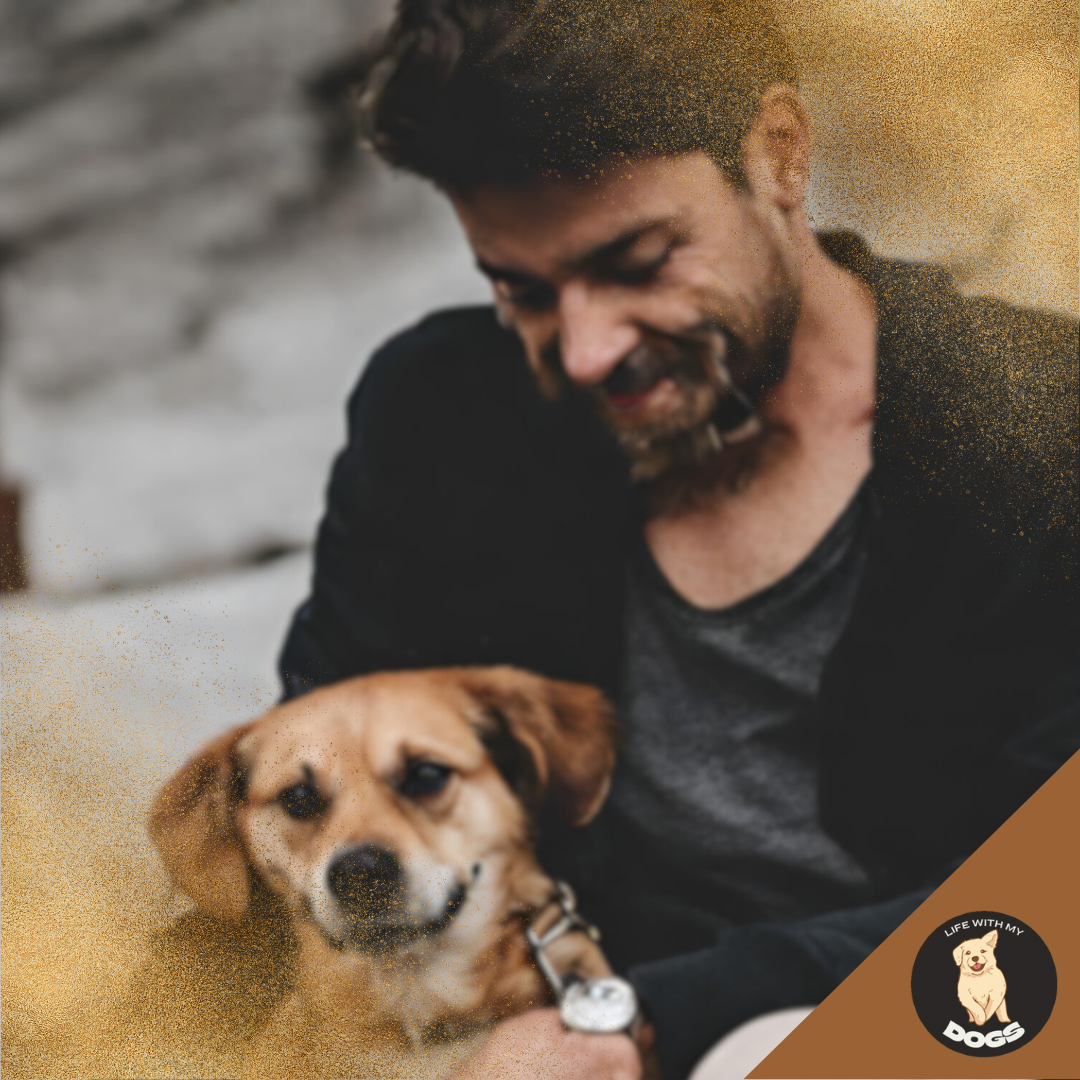
Deep Cleaning Methods
When dealing with stubborn or dried drool, consider a more thorough approach.
First, create a mixture of water and mild pet shampoo, working it into the coat and rinsing thoroughly.
For white or light-colored fur, a solution of water and hydrogen peroxide can be effective, as it helps to remove discoloration without the use of harsh chemicals.
After any deep cleaning method, ensure you rinse your dog’s coat with water and dry it well to prevent irritation.
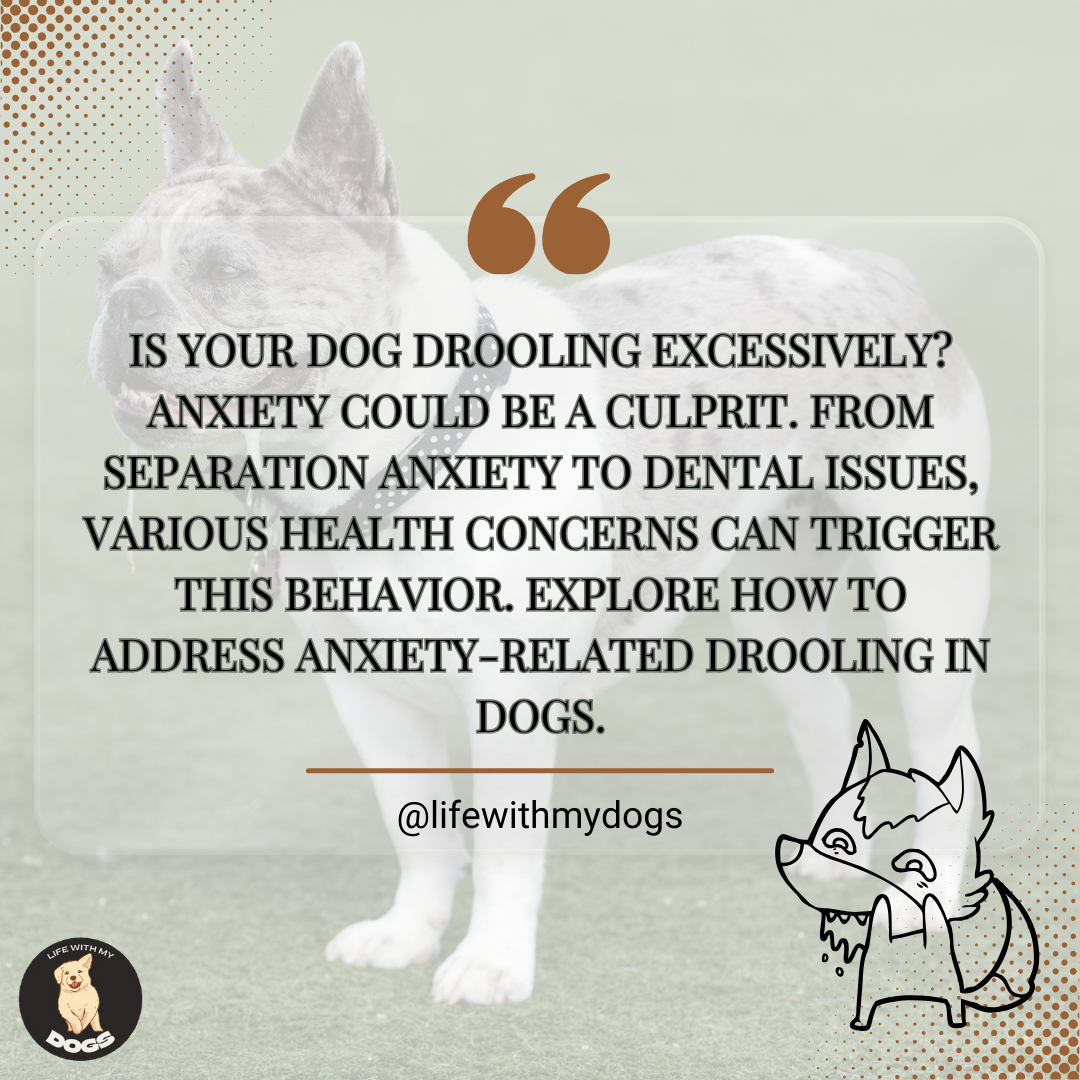
Drool Stain Removal
When your dog leaves drool on their coat, it’s important to act quickly to prevent staining.
First, gently blot the area with a dry towel to absorb excess saliva. Avoid rubbing, as this can push the drool deeper into the fur.
Next, prepare a cleaning solution using mild dog shampoo diluted in water.
Soak a clean cloth in this mixture and carefully work it through the stained fur. Be sure not to saturate your dog’s skin to avoid irritation.
For white or light-colored fur, a dog-specific whitening shampoo can be more effective. It’s specially formulated to brighten fur without harsh chemicals.
If the drool has set, consider applying a 50/50 mixture of warm water and white vinegar to the area. Here’s a simple chart for the process:
| Step | Action | Note |
|---|---|---|
| 1 | Blot with dry towel | Absorb saliva without rubbing |
| 2 | Apply shampoo solution | Gently clean the stained area |
| 3 | Rinse thoroughly | Remove all shampoo residue |
| 4 | For tough stains, use vinegar solution | Test on a small area first |
| 5 | Dry the area | Pat dry with a towel |
After treating the stain, rinse the coat with clean water to remove any leftover cleaning solution.
To finish, dry your dog thoroughly with a towel or a blow dryer on a cool setting. Regular grooming, including post-meal mouth wiping, can help prevent future stains.
Post-Cleaning Care
After thoroughly cleaning your dog’s coat from drool, the priority shifts to ensure their fur remains in great condition.
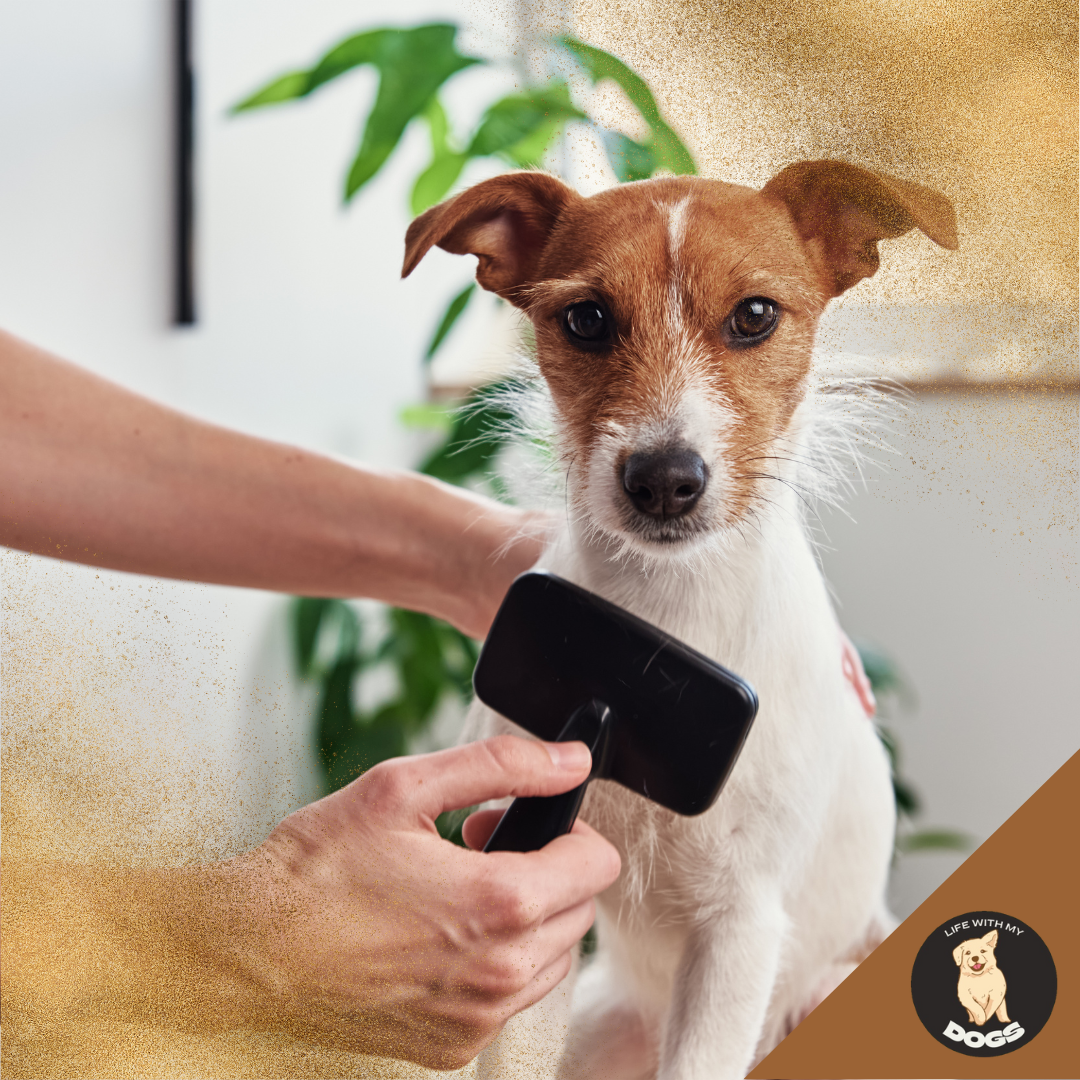
Drying the Coat
Immediately after washing, gently pat your dog’s coat with a towel to absorb excess water. Avoid rubbing as this can cause tangles.
If your dog is comfortable with it, use a hairdryer on a low, cool setting to speed up the drying process, always keeping it at a safe distance from their skin.
Grooming and Brushing
Once your dog’s coat is completely dry, proceed with a thorough brushing.
Utilize a brush suitable for your dog’s fur type to detangle and remove any loose hair.
Regular grooming post-cleaning not only keeps the coat shiny but also distributes natural oils which are essential for a healthy coat.
Preventative Measures
Taking preventative measures can greatly reduce the amount of dog drool on your dog’s coat. Implementing regular maintenance and following drool-reducing tips are key to managing this issue effectively.
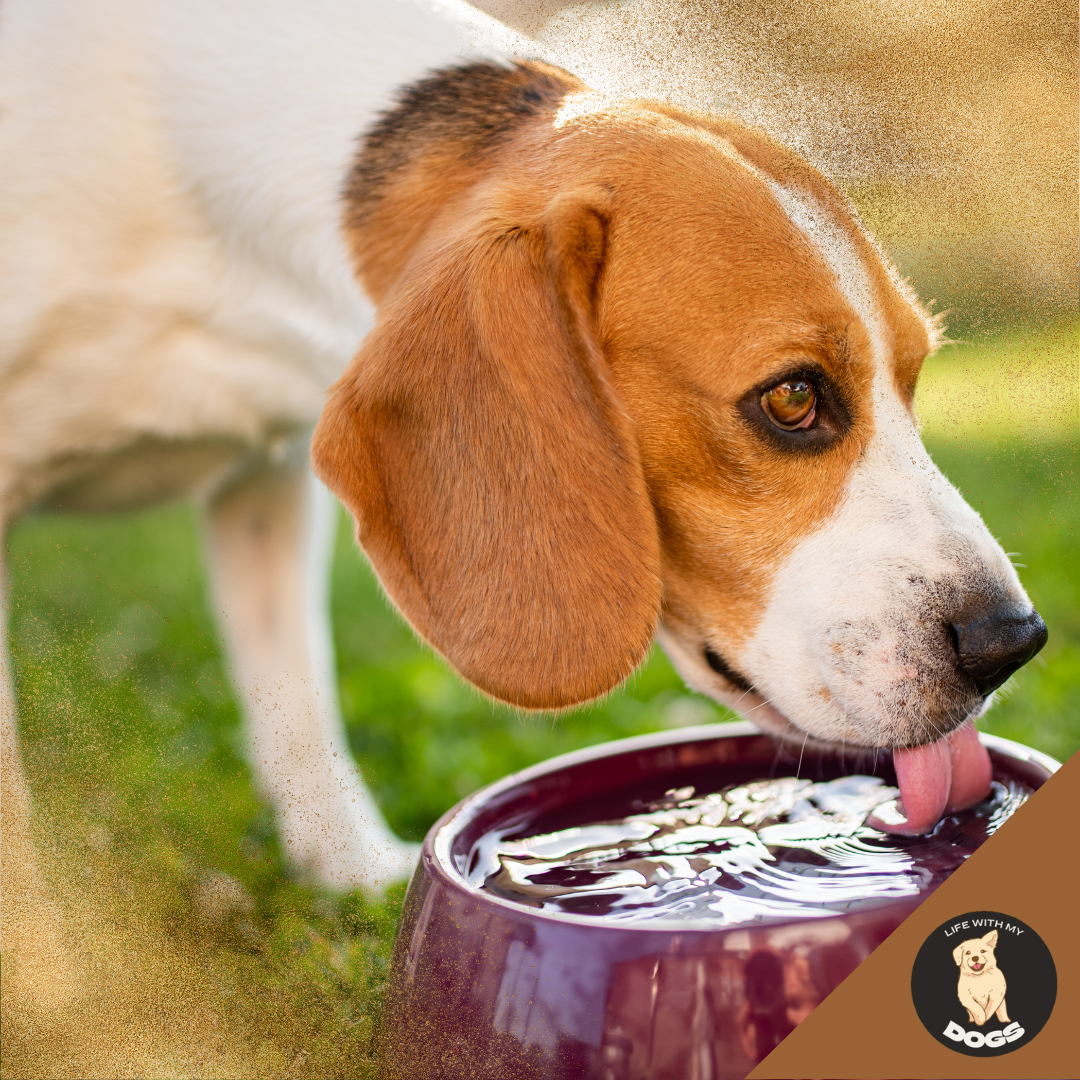
Regular Maintenance
- Brush Your Dog’s Coat: Regular brushing helps to remove saliva and debris from your dog’s coat. Aim to brush your dog at least once a week for optimal cleanliness.
- Wipe Your Dog’s Mouth: After meals or drinks, use a damp cloth to wipe around your dog’s mouth. This habit can prevent drool from spreading to other parts of the coat.
Drool-Reducing Tips
- Provide Fresh Water: Encourage your dog to drink cool, fresh water to prevent dry mouth, which can exacerbate drooling. Adding ice cubes to the water bowl can help.
- Manage Excitement: High levels of excitement can cause dogs to drool more. Try to keep your dog calm, especially during situations that you know might trigger their drooling.
How Do I Clean Dog Drool? A Grateful Farewell
I want to extend a heartfelt thank you for joining me on this adventure. Whether you’re a seasoned pet parent or someone considering adding a furry friend to your family, I hope you’ve found the information shared here helpful and relatable.
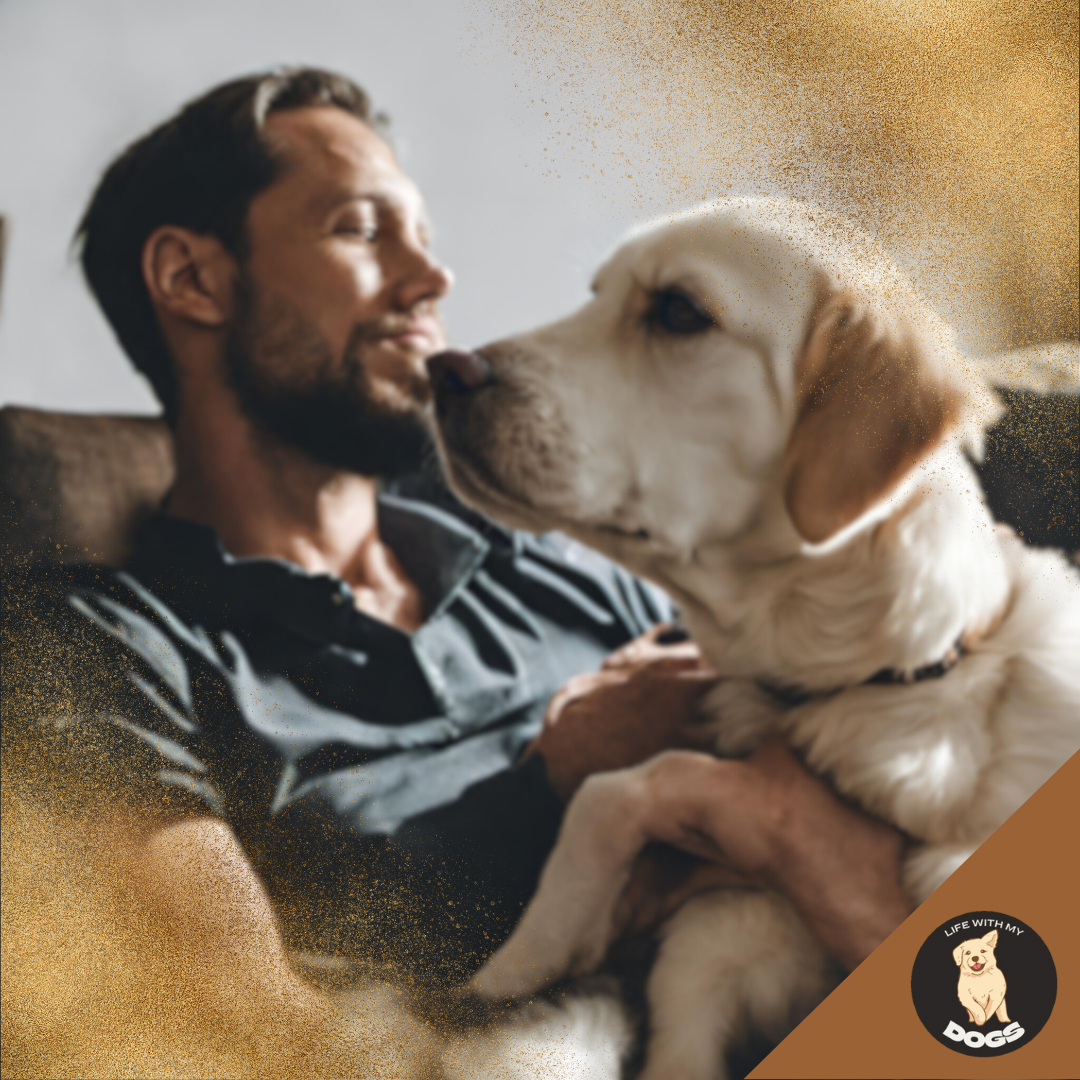
From understanding the nature of dog drool to implementing effective cleaning techniques and embracing preventative measures, we’ve covered a range of strategies to help you navigate the sometimes slobbery but always rewarding world of canine companionship.
Remember, while dog drool may be an inevitable part of the package, it’s a small price to pay for the unconditional love and joy our dogs bring into our lives. So, the next time you find yourself adorned with a fresh coat of drool, embrace the moment and cherish the bond you share with your furry friend.
Before we part ways, I’d like to express my gratitude once again for your time and attention. Your interest in learning more about caring for your canine companion speaks volumes about your dedication as a pet owner. If you’ve enjoyed this article and are hungry for more relatable pet owner content, I invite you to explore the Life With My Dogs blog, where you’ll find a wealth of insights, tips, and heartwarming tales from fellow dog lovers like yourself.
Until next time, may your days be filled with wagging tails, wet noses, and endless love. Thank you for being a part of our community, and happy tails to you and your furry family members!
Frequently Asked Questions
In this section, we tackle common concerns about cleaning dog drool from your furry friend’s coat, providing practical solutions to keep your pet looking and feeling their best.
What is the best method for removing drool stains from a dog's fur?
To effectively remove drool stains, gently brush your dog’s fur to loosen any dried saliva, and then use a dog-specific shampoo to wash the area. Ensuring you clean regularly will help maintain the fur’s natural shine and health.
How can I clean my dog's coat of saliva using natural products?
Natural products like baking soda or diluted apple cider vinegar can be used to clean your dog’s coat. Mix equal parts vinegar and warm water for a homemade cleaning solution that is effective against drool stains.
What is the most effective way to deal with drool marks on white dog fur?
For white fur, create a paste using hydrogen peroxide and baking soda, apply it to the stains, and rinse off after a few minutes. This helps to remove discoloration without using harsh chemicals.
How do you remove dried saliva from a dog's fur after it has set?
To remove dried saliva from your dog’s fur, dampen the area with warm water and gently comb through the fur. Follow up with an appropriate pet stain remover if the saliva has heavily soiled the fur.
Is there a homemade solution for cleaning dog drool from fur?
Yes, a homemade solution consisting of white vinegar and warm water can be used to blot out drool stains from your dog’s fur. It’s economical and safe for most dogs.
What steps should be taken to prevent saliva stains on a dog's coat?
Regular grooming is key. Brush and wipe your dog’s face after they eat or drink. This can minimize the occurrence of saliva stains. Regular baths with a canine-formulated shampoo can also help prevent buildup of drool residue.
